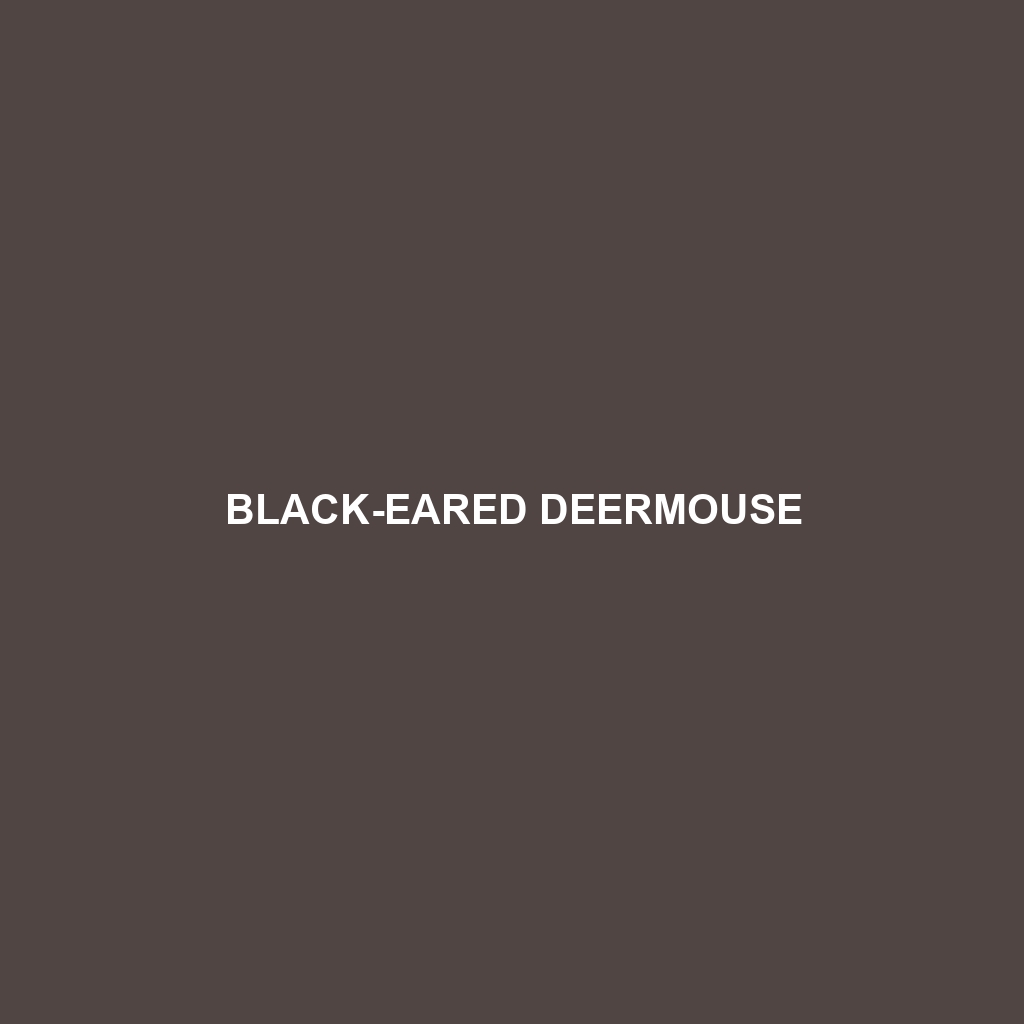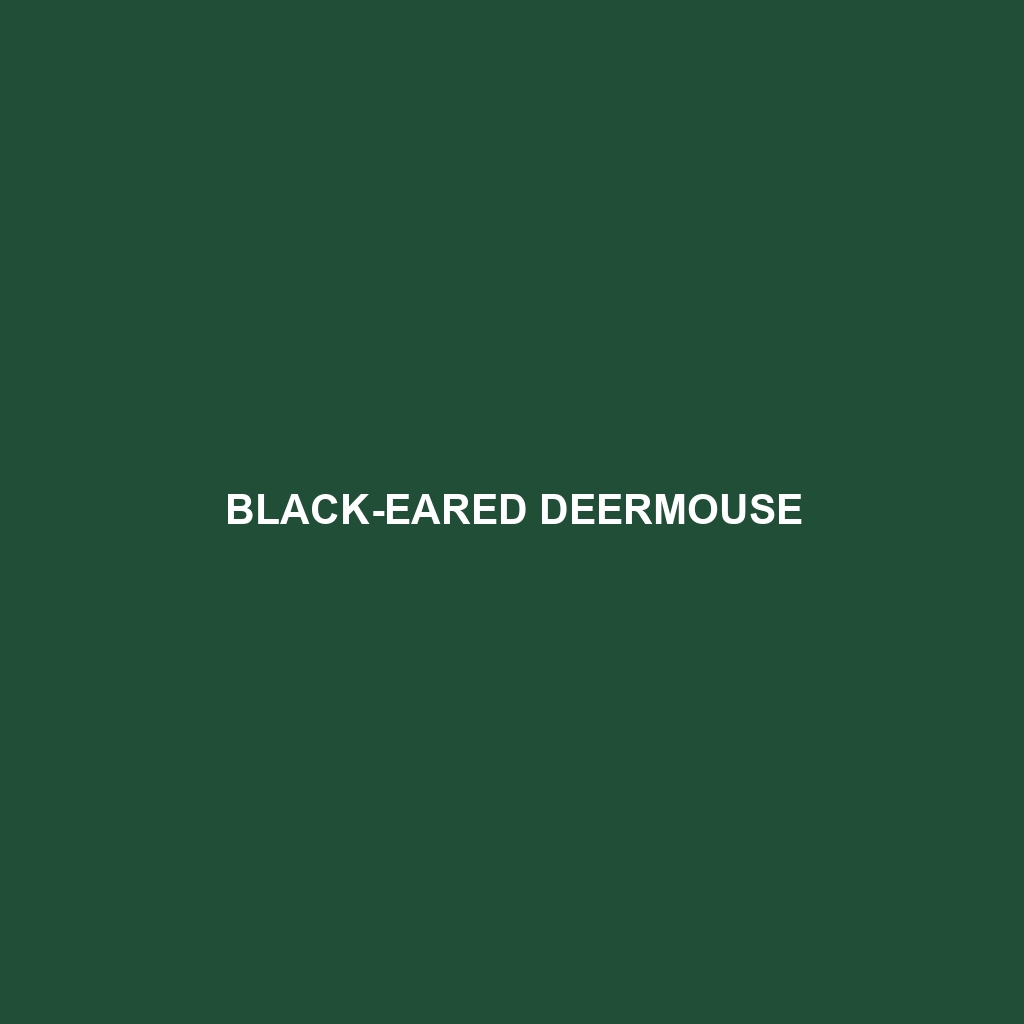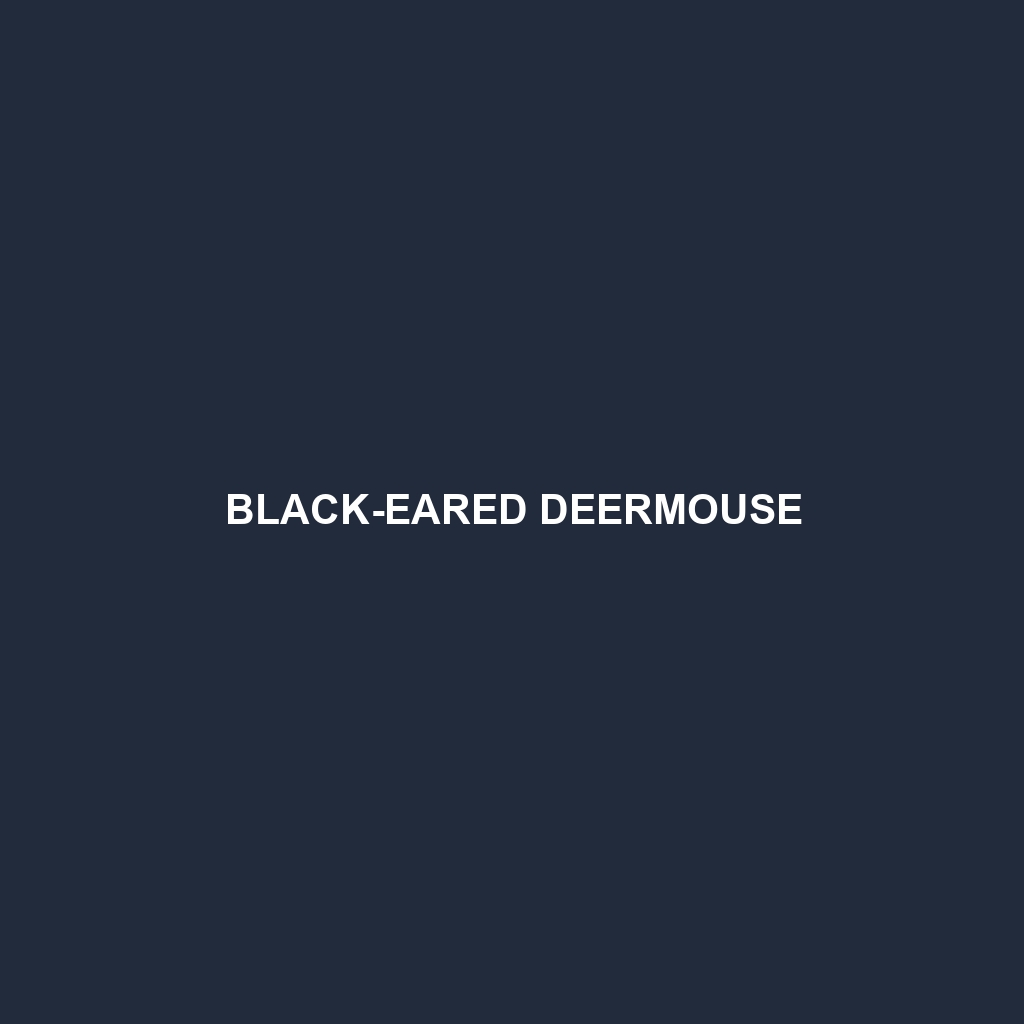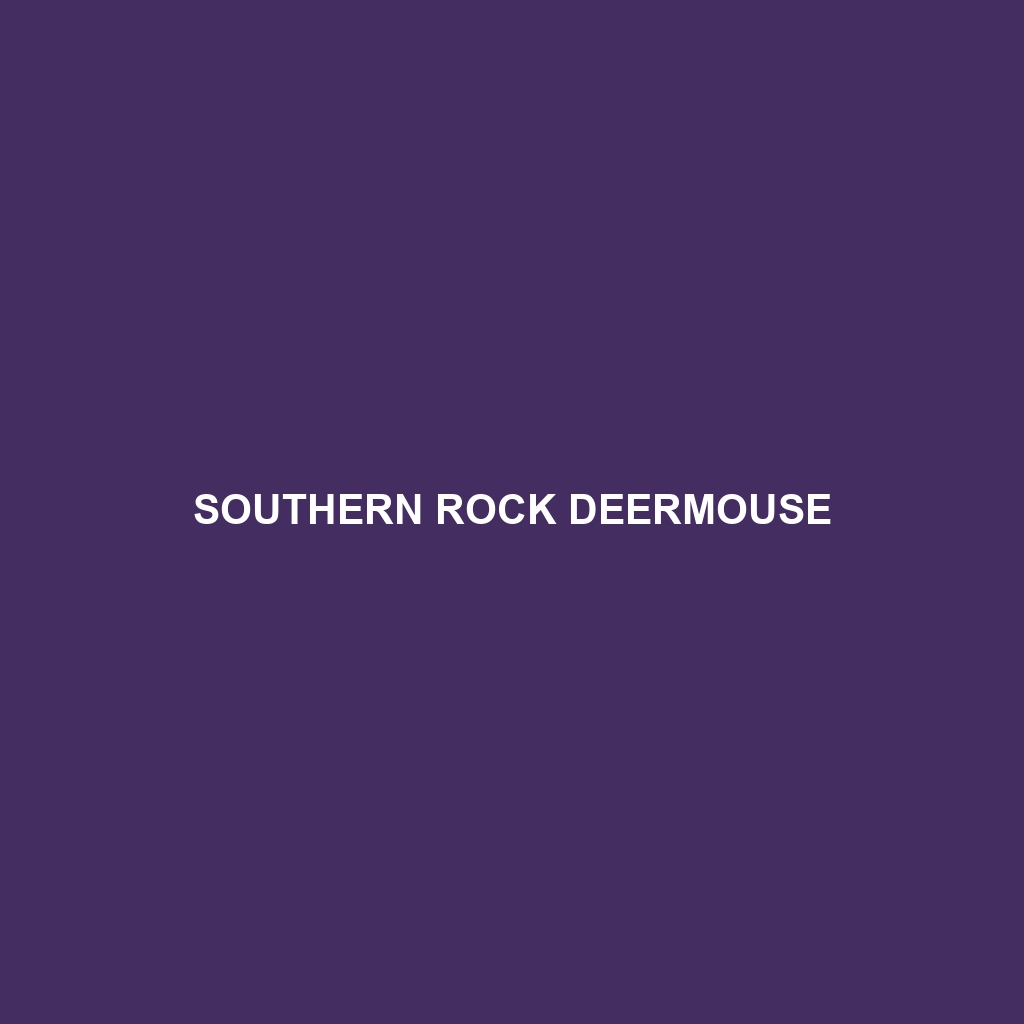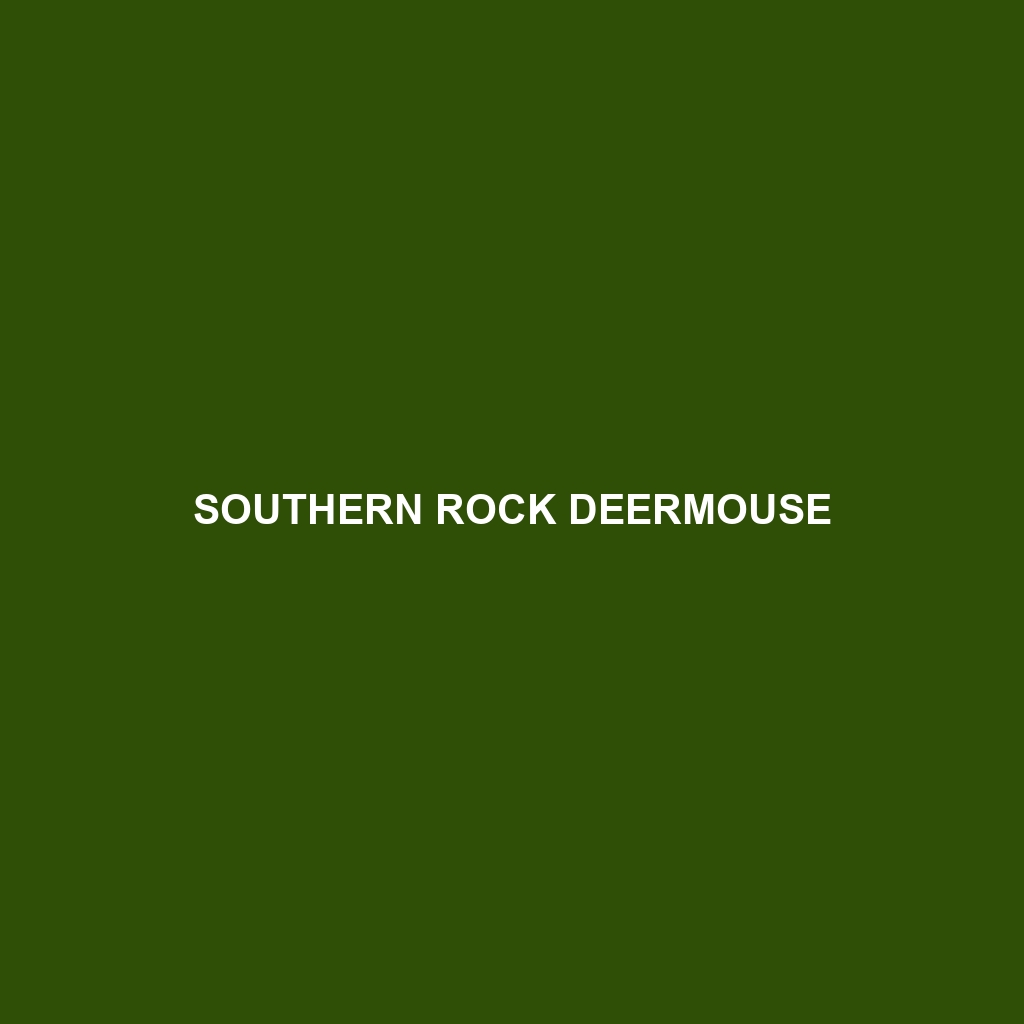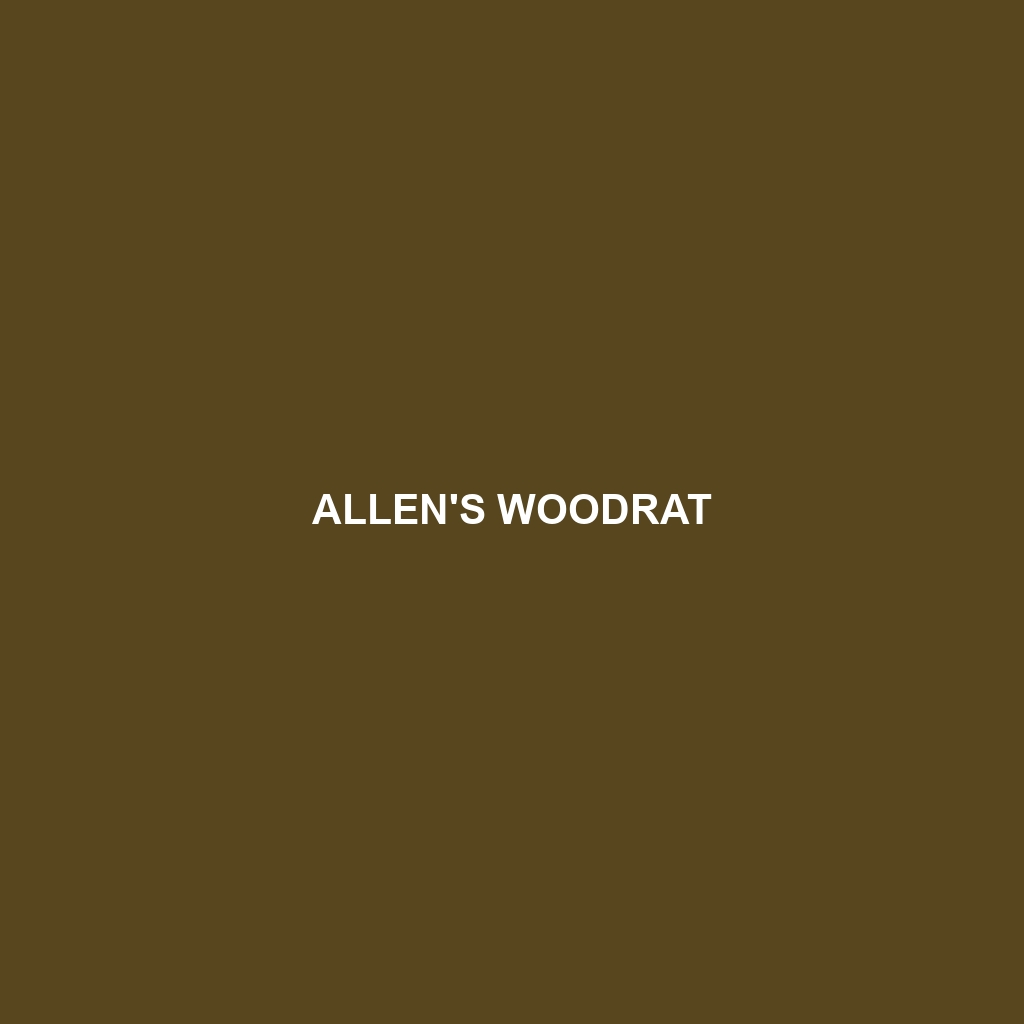Discover the fascinating world of the Black-eared Deermouse, a small rodent native to the arid landscapes of western North America. This nocturnal creature, distinguished by its black ears and agile movements, plays a crucial role in seed dispersal and ecosystem health while facing threats from habitat loss. Learn about its unique behaviors, diet, and reproductive strategies in our latest blog post.
Tag: desert scrub
Black-eared Deermouse
Discover the fascinating world of the Black-eared Deermouse, a small rodent native to the arid landscapes of western North America. This nocturnal creature, distinguished by its black ears and agile movements, plays a crucial role in seed dispersal and ecosystem health while facing threats from habitat loss. Learn about its unique behaviors, diet, and reproductive strategies in our latest blog post.
Black-eared Deermouse
Discover the fascinating world of the Black-eared Deermouse, a small rodent native to the arid landscapes of western North America. This nocturnal creature, distinguished by its black ears and agile movements, plays a crucial role in seed dispersal and ecosystem health while facing threats from habitat loss. Learn about its unique behaviors, diet, and reproductive strategies in our latest blog post.
Southern Rock Deermouse
Discover the intriguing world of the Southern Rock Deermouse (*Peromyscus maniculatus*), a fascinating species thriving in the rocky terrains of the southwestern United States and northern Mexico. With its remarkable climbing abilities, nocturnal habits, and crucial role in seed dispersal, this agile rodent not only adapts to harsh environments but also supports the delicate balance of its ecosystem. Learn more about its habitat, diet, conservation status, and unique behaviors in our latest blog post.
Southern Rock Deermouse
Discover the intriguing world of the Southern Rock Deermouse (*Peromyscus maniculatus*), a fascinating species thriving in the rocky terrains of the southwestern United States and northern Mexico. With its remarkable climbing abilities, nocturnal habits, and crucial role in seed dispersal, this agile rodent not only adapts to harsh environments but also supports the delicate balance of its ecosystem. Learn more about its habitat, diet, conservation status, and unique behaviors in our latest blog post.
Southern Rock Deermouse
Discover the intriguing world of the Southern Rock Deermouse (*Peromyscus maniculatus*), a fascinating species thriving in the rocky terrains of the southwestern United States and northern Mexico. With its remarkable climbing abilities, nocturnal habits, and crucial role in seed dispersal, this agile rodent not only adapts to harsh environments but also supports the delicate balance of its ecosystem. Learn more about its habitat, diet, conservation status, and unique behaviors in our latest blog post.
Allen’s Woodrat
Discover the intriguing world of Allen's Woodrat (*Neotoma alleni*), a nocturnal inhabitant of the southwestern U.S. and northern Mexico. This resourceful rodent is known for its unique nesting behavior, utilizing natural and human-sourced materials, while playing a vital role in its ecosystem as a seed disperser and prey. Learn more about their habitat, diet, and conservation status in our latest blog post!
Allen’s Woodrat
Discover the intriguing world of Allen's Woodrat (*Neotoma alleni*), a nocturnal inhabitant of the southwestern U.S. and northern Mexico. This resourceful rodent is known for its unique nesting behavior, utilizing natural and human-sourced materials, while playing a vital role in its ecosystem as a seed disperser and prey. Learn more about their habitat, diet, and conservation status in our latest blog post!
Allen’s Woodrat
Discover the intriguing world of Allen's Woodrat (*Neotoma alleni*), a nocturnal inhabitant of the southwestern U.S. and northern Mexico. This resourceful rodent is known for its unique nesting behavior, utilizing natural and human-sourced materials, while playing a vital role in its ecosystem as a seed disperser and prey. Learn more about their habitat, diet, and conservation status in our latest blog post!
